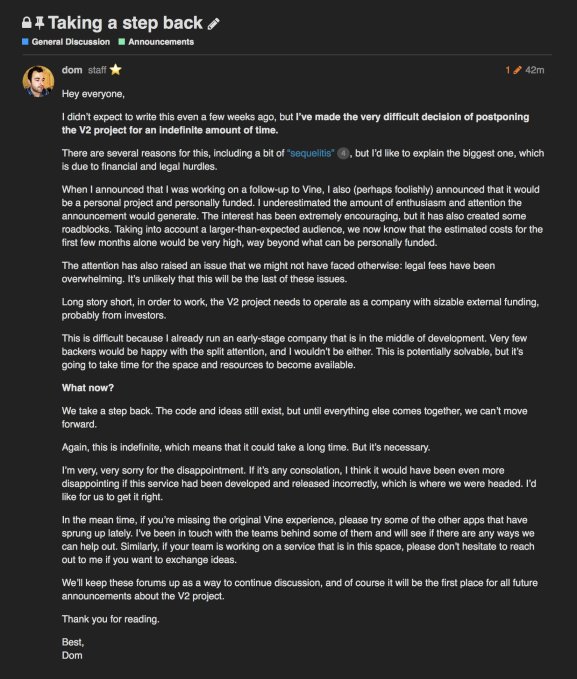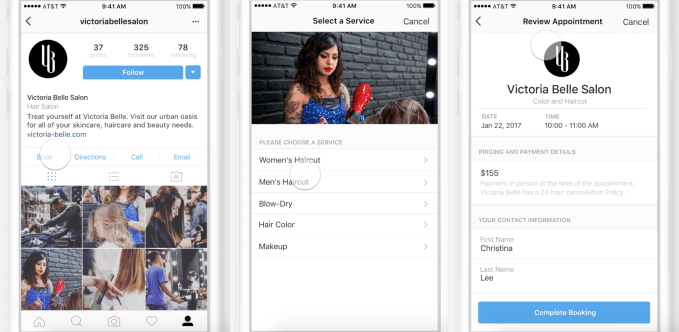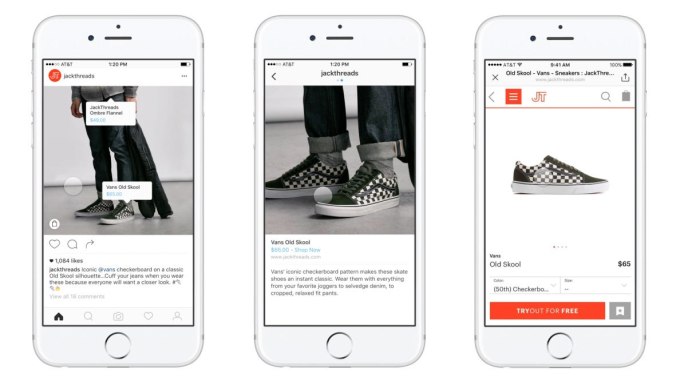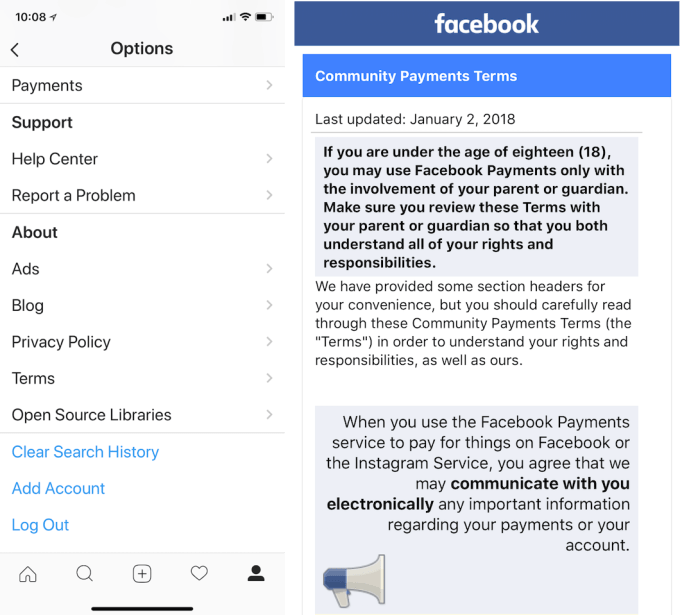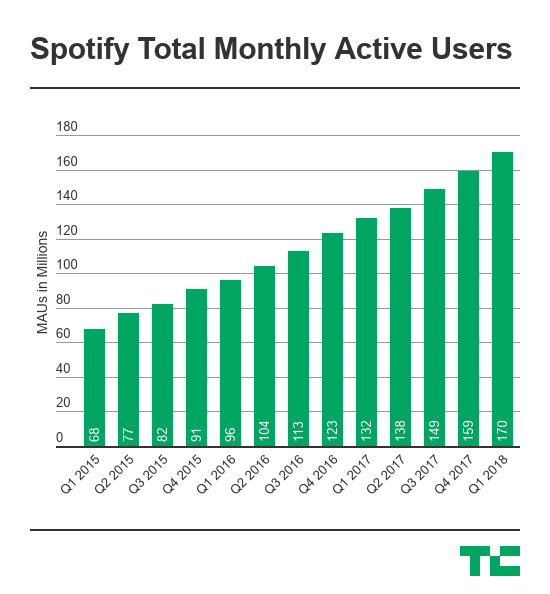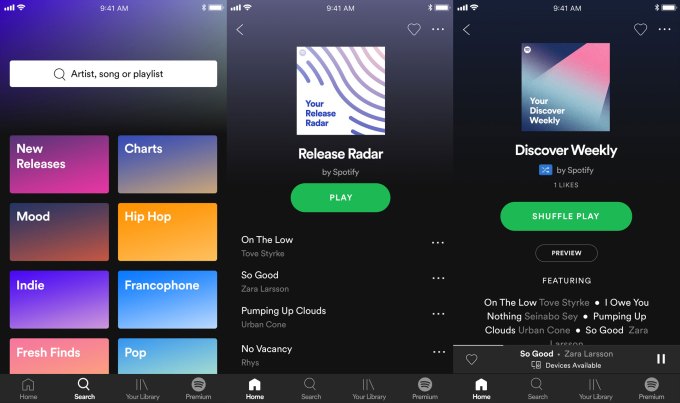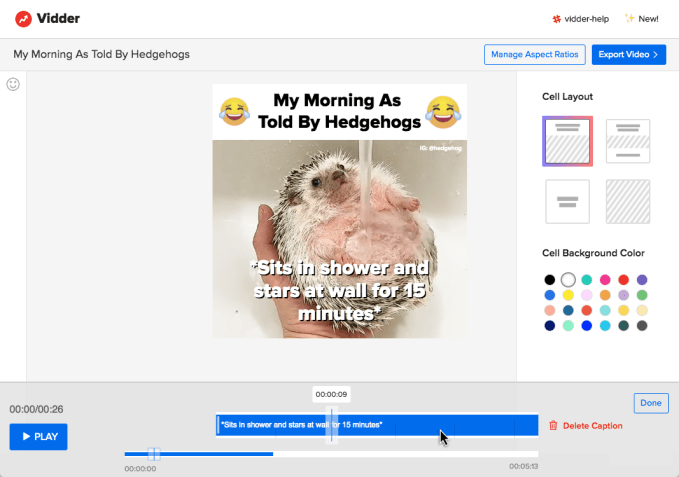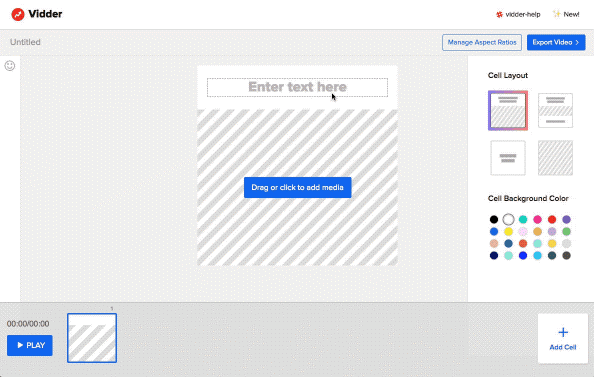One of the bigger pieces of product news at Facebook’s F8 developer conference this week was the announcement that Facebook will soon turn on a new dating feature.
It has also quietly made a hire that points to its growing interest in developing more specific uses of its data, although not for the dating feature specifically. Dr Steve Carter, a data scientist who helped design and build the psychometric and relationship models that became the basis of eHarmony — the dating site where he was a founding member and worked for nearly 20 years — is working at the social network, out of its offices in Los Angeles.
But Facebook has confirmed to us that Carter is not working on the new dating service, and the company declined to say what he is doing.
His LinkedIn profile notes that he joined Facebook in August 2017. Back in January, there was a brief mention of Carter doing work for Facebook, but at the time it was not known that he’d actually left eHarmony months before that. It seems that he’s only recently updated his profile with that information, coinciding with Facebook now finally making its dating intentions public.
Carter’s profile on LinkedIn describes him as a data science manager, “helping Facebook get even better at making meaningful and beneficial connections between people and communities.”
His expertise lies squarely in building matchmaking algorithms. Before this, he held a number of roles at eHarmony, starting as a research analyst on the founding team in 1999, before eHarmony had even launched, working his way up to chief scientist at the company, which has had backing from the likes of Sequoia and TCV in its history.
In that time, he also picked up four patents in online social matchmaking, including one for employment matching. Those patents are all owned by eHarmony.
Facebook, which is still feeling the heat from controversies that have arisen around some of its more scaled-up services like programmatic advertising and viral political content, has shifted its focus to communities, and also exploring more direct and discreet ways that its social graph can be leveraged. Dating is one of the more obvious applications of that concept.
“One in three marriages in the US start online,” CEO Mark Zuckerberg said in his presentation F8 this week. “[But] today we haven’t even built any features to help people find partners,” he said. “There are 200 million people on Facebook who list themselves as single, so clearly there is something to do here. And if we’re focused on helping people build meaningful relationships then this is perhaps the most meaningful one of all.”
There hasn’t been too much written about how eHarmony’s algorithm works, but in a lecture in May 2017 (two months before officially leaving eHarmony), Carter opened up about it to describe it a little.
It turns out that while there may be a lot of questions that get asked of a user’s preferences, ultimately eHarmony threw out everything except for the most extreme likes or dislikes in order to avoid creating what Carter refers to as “a universe of one.”
This is an interesting idea when you apply it to Facebook, and you can see what the attraction might be for a data scientist in wanting to use the platform to build a dating service. (That’s to say nothing of the fact that Facebook sort of started as a dating site of sorts, where people prominently displayed their relationship statuses on their profile pages, popularizing “it’s complicated” as the short story for all of love’s actual complications.)
As we noted yesterday, when Facebook launches its service, it wants to make it as noninvasive as possible.
You get the option to create a dating profile. And that profile won’t be visible to your friends; only to others who have also opted in, and only if they fit your criteria and match your profile, and only if they are not already your friends and connections on the network.
Applying Carter’s concept of matching data between users on eHarmony, Facebook already has a huge trove of information about you, based on what you post and like and share. Facebook can therefore make its dating profile questions — and its need to rely on them — less heavy. (That format could also provide a good contrast to other sites like Tinder, which require you to swipe across many profiles to create shortlists of people who might match with you.)
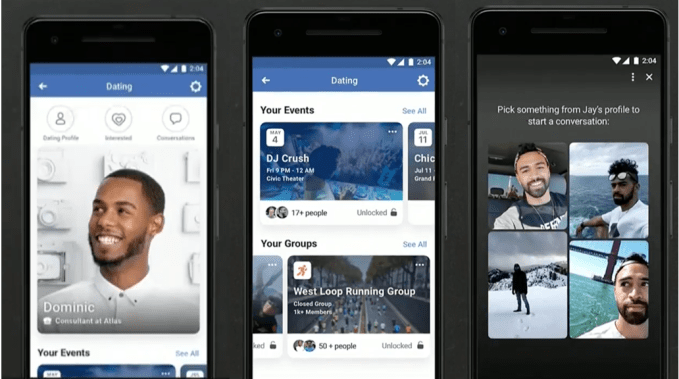
In hiring Carter, Facebook has picked up someone who has worked on relationships beyond those you forge through dating.
Last year, his former employer eHarmony divested a business that Carter had developed called Elevated Careers, which was acquired by a startup called Candidate.Guru.
Elevated Careers sounds a lot like a dating service, except with ’employer’ and ’employee’ replacing the two people looking for love, which reminds you just how similar the mechanics can be for any matching service (something Facebook must also realise).
It lets an employer assess a potential employee’s compatibility by matching up attributes of the candidate’s personality and values to those of his/her potential manager, as well as to the hiring organization’s culture. It also has algorithms that tell you how well a candidate’s skills and background are suited to a particular job. Given Facebook’s interest and work in recruitment and job finding, it will be interesting to see how and if that product also gets developed.
Along with Steve Carter, we’ve been trying to figure out whether Facebook has been hiring other people to build a relationships team that it could task with building out dating and other products. It turns out that there is definitely some crossover of employees who have worked at various dating sites over the last several years, who are now at Facebook — but most likely, this is mostly a product of the general churn that you get in the tech world, where people are often jumping from one job to another.
But a few other hires stand out. Just this month, Facebook happened to hire Badoo’s head of mobile engineering, who appears to be based out of London. This sales director for “e-commerce and dating” started his new role in January 2018, working out of Paris (so I guess there is already some early considering for how to build this as a business too). There are two recent hires from Tinder, one in Los Angeles and one in Menlo Park. And the former data lead from Hinge also joined in the last six months, also based in Los Angeles, and now working in “scaled marketing.”
Story updated with Facebook comment, and to confirm he is not working on the new dating feature

Source: Tech Crunch



